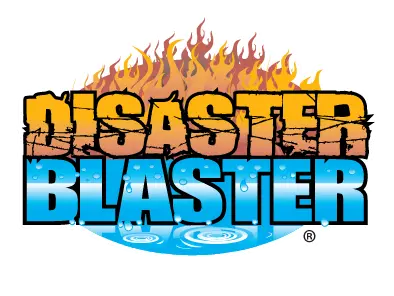
A naturally occurring mineral that was hailed at the time for its unique properties, Asbestos was used in thousands of products, many of which may have been used in the construction or renovation of your home! Unfortunately, over time, we learned that Asbestos use had a high cost, resulting in serious health issues such as mesothelioma and asbestosis.
Today, it’s estimated that 30 million homes and schools may still contain Asbestos. This is why it’s so important to know what to look for, and where you may find Asbestos in your home. As always, if ever in doubt, we recommend having Asbestos testing performed before disturbing any suspect materials.
When was your home built or renovated?
Asbestos was used heavily in home and commercial construction from the early 1940’s through the 1980’s, but it’s possible to find construction using Asbestos building materials well past this date range. If your home was built or renovated between 1940 and 1989, it’s very possible that it contains Asbestos materials such as pipe insulation, floor tile, wall board, or joint compounds (among other materials). Even if your home or commercial property was built after 1990, it’s important to test suspect materials when discovered, as Asbestos containing building materials were still used on occasion.
Pipe Insulation
One of the most common Asbestos containing materials still found in homes today, pipe wrap / pipe insulation was used to increase overall efficiency of the heating system and to prevent the heating pipes from freezing during colder weather. Asbestos Pipe Wrap is often found in basements and crawl spaces, but can also be found in exterior walls.
Because heating pipes don’t require routine maintenance, a lot of this Asbestos Pipe Insulation is still on these pipes to this day. As a result, homeowners planning renovations, heating system upgrades, or those concerned about the health hazard these Asbestos materials represent, are now seeking to have this material abated by licensed professionals.
Floor Tile
As a result of its resilience, Asbestos was used in a variety of flooring products including floor tile, sheet vinyl products, and flooring adhesives. These flooring products were extremely durable and long lasting, and as a result often remain in good condition to this day. As a result, homeowners often don’t even think about the hazard that may be lurking beneath their feat.
While flooring in pristine condition is unlikely to represent an immediate Asbestos hazard, floor tile that is cracked, broken, or crushed should be abated by a licensed professional as a fiber release is possible. Additionally, while most homeowners don’t realize this, the mastic glue used to install Asbestos flooring also often contained Asbestos. So even if the flooring was removed previously, the mastic layer could still be a health hazard if not properly encapsulated.
Vermiculite
While not technically “Asbestos”, the vast majority of the vermiculite produced in the United States for use in construction came from a mine that was contaminated with Asbestos, making it possible that the vermiculite in your home could be contaminated with Asbestos as well. Due to the potential hazard vermiculite may represent, and the likelihood that it originated from this mine, abatement is generally recommended.
Due to the fact that vermiculite is not an Asbestos product, but rather can potentially be contaminated with Asbestos, it’s impossible to test it for Asbestos. However, it is possible to test the vermiculite to determine if it originated from the mine that was contaminated with Asbestos. This, in addition to determining if the vermiculite should be abated, also qualifies you to have a portion of the project reimbursed to you from a fund put in place to help homeowners impacted by this mine contamination.
Wall Board, Plaster, & Joint Compound
Asbestos was used in many wall, ceiling, and surfacing materials. In addition to prefabricated Asbestos products, Asbestos was also mixed into a variety of plasters and compounds by contractors at the time. As a result, it can be difficult to ascertain if these materials contain Asbestos without conducting testing.
Prior to remodeling or demolition, Asbestos testing may be recommended to determine if any of these materials may contain Asbestos. This way, you can be sure that you may not be disturbing a potential Asbestos hazard during your project.
While it’s important to keep in mind that these are just a few common Asbestos containing building materials, it should give you an idea of just how many places you could potentially find Asbestos in your home. As always, if in doubt, we strongly recommend having Asbestos testing completed prior to any project.
For more information about Asbestos, please don’t hesitate to Contact Your Local Disaster Blaster! We’re always here to help!
Interested in older news stories? Please see our News Archive.

